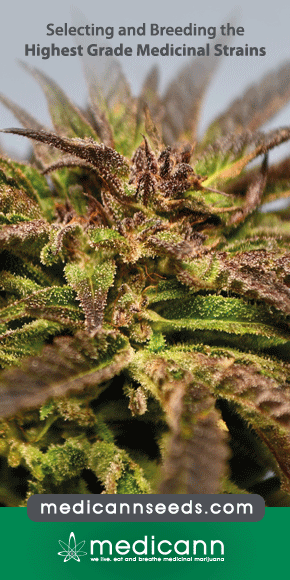Patient-Reported Symptom Relief Following Medical Cannabis Consumption
Patient-managed cannabis use is associated with clinically significant improvements in self-reported symptom relief for treating a wide range of health conditions, along with frequent positive and negative side effects.


